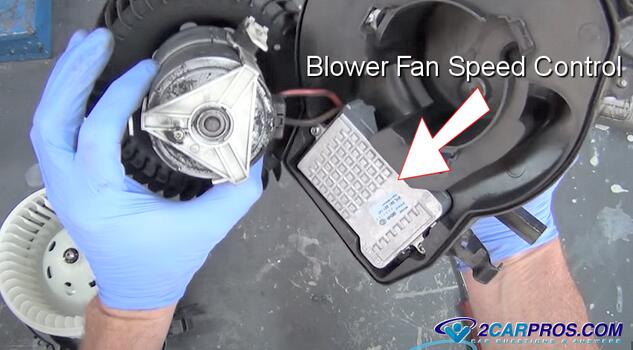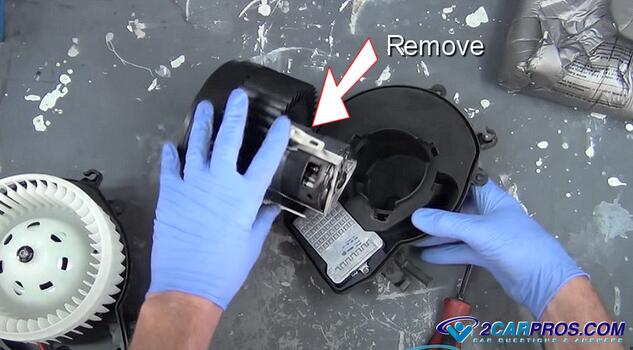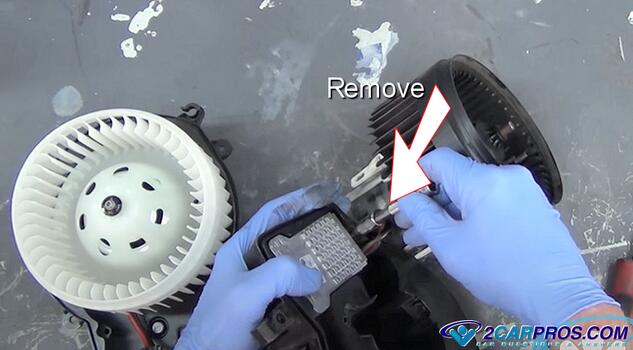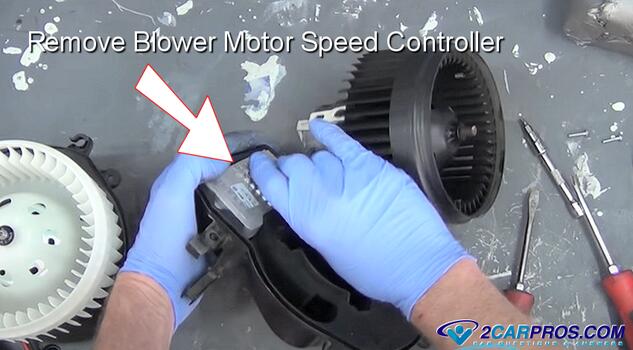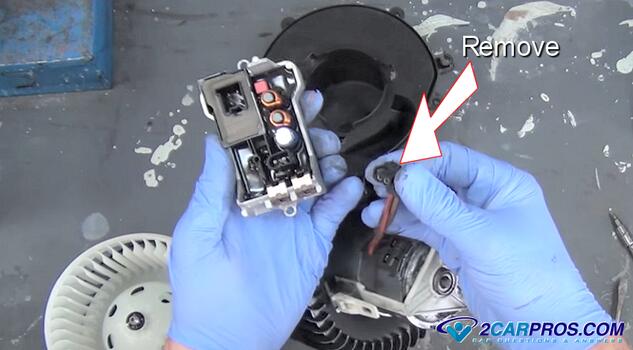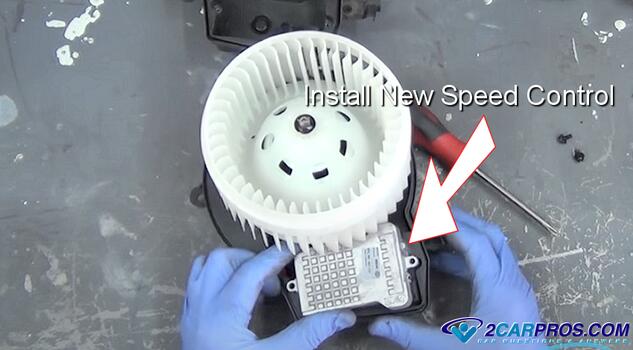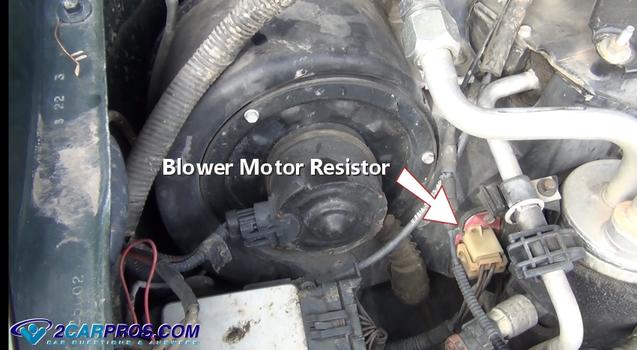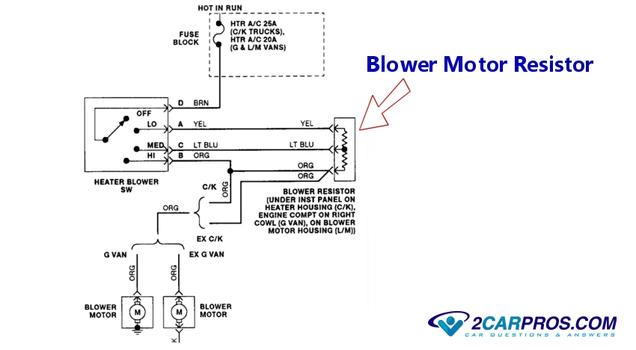There are two types of HVAC system blower fan motor speed controllers which differ from each other as far as versatility depending on if the HVAC system is automatic or manual. An automatic HVAC system will use a solid state blower motor speed control which are typically fitted in newer vehicles while the blower motor resistor is used in manual systems. Both need to be near the blower fan motor itself which is used to cool the units for added longevity. This is a simple job in most cases and guide will help walk you through where this part is located and how to replace it successfully.
Tools and Materials Needed
- Screwdrivers (flathead and Phillips)
- Socket set and ratchet
- Needle-nose pliers
- Replacement blower motor resistor
- Safety gloves and glasses
- Flashlight
What Goes Wrong?
The HVAC system solid state blower motor speed control or resistor reduces the amount of voltage fed to the blower motor during the speed reduction phase, (speed selection). When this happens heat is generated which over time can cause these parts to overheat and burn out, especially if the blower motor is pulling too many amps and needs to be replaced. Whereas little physical damage will be observed on the solid state controllers the resistor style of speed control will have burn marks indicating a failure. Also, when the replacement has begun, look for melted electrical connectors which must be repaired or the wiring pigtail replaced before the job is completed.
Let's Begin
Park you car on level ground, in park with the engine off and parking brake applied.
1. If you have located the blower motor then you have found the speed control-resistor because the these parts will always be close to, or included in the blower motor housing or location. The blower motor will be under the hood or dash on the passengers side, use a flashlight to help you locate the controller if visibility is low. You may need to remove the lower dash trim to access the location. In this example the fan motor speed controller is intergraded into the blower fan motor itself which may be serviced as a unit.
2. In this case the blower motor itself needs to be removed from the HVAC housing before the speed controller can be accessed.
3. Remove the mounting screws and set them to the side for easy access when reassembling.
4. Grasp the speed controller firmly and lift it from the blower motor housing while being mind full of the electrical wiring on the backside.
5. Once the fan speed controller is loose from the housing turn it over and remove the electrical connector by gently releasing the connector safety clips and wiggling the connector from the main body of the unit.
6. Once the old part has been removed match it to the new blower fan motor speed
controller, they should match identically, reinsert the wiring connector and
mounting hardware. Once completed turn the HVAC system on and cycle the fan speed
switch to confirm the repair has been done correctly.
Pro Tip: Use dielectric grease inside the electoral connectors before installation
to help prevent bad connections.
7. Here is a fan speed resistor, replacement is much the same as the speed controller.
Blower Fan Motor Resistor Testing
Use a grounded test light and locate the outgoing wire from the resistor to the blower motor (usually orange or red). While moving the switch to each fan speed test for power. If there is no power on any of the lower speeds the resistor has failed and needs replacement. Below is a typical wiring diagram for the blower motor circuit which is basically the same for all vehicles utilizing this manual system.
Turn the ignition key off and remove the fan resistor to inspect for burn marks which are an indication of failure. If an area shows signs of extreme heat (burned) it needs to be replaced. Also inspect the resistor connector for heat damage at the terminals and replace or repair it as needed by splicing in a new connector. Anytime you replace the resistor its a good idea to replace the blower motor as well to prevent premature failure due to high amperage draw.
Watch the Video!
Please watch this video of the job being done to glean additional helpful information.
Credits
This guide knowledge base was created by the 2CarPros Team, and by Ken Lavacot: Automobile repair shop owner and certified master automobile technician of over 30 years. If you have question or need help please ask one of our experts we are happy to help. Please visit our 2CarPros YouTube Channel.



